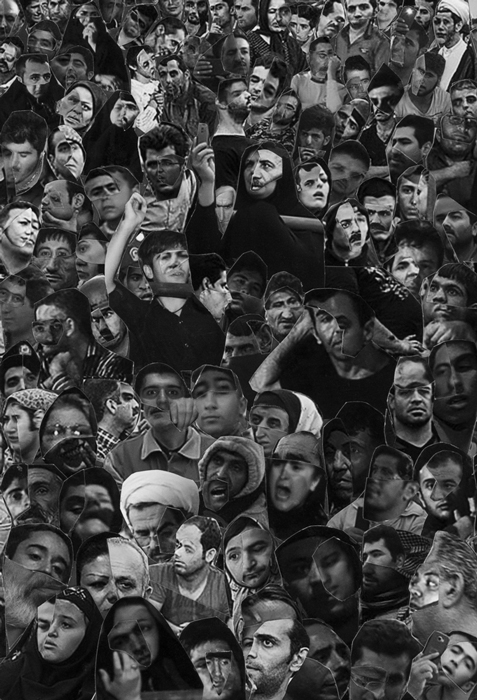
Spectators (2021- Now)
Nowadays,
many events become meaningless due to the repeated reproduction of catastrophic images by numerous media and also the people’s
permanent exposure to violence in media This reduces the sensitivity to real violence and the acts of violence are viewed as banal and normal It
is therefore very important to make people responsible by educating them in this regard With the Islamic Revolution in 1979 public executions
were introduced in Iran with the aim of suppressing, intimidating and teaching the population a lesson, among other things, in order to prevent
political activities against the government which legitimizes violence as a punishment Public executions, which remain ubiquitous in the Islamic
Republic, attract large numbers of onlookers including children Some just watch, others photograph and film the execution, while some even
seem to enjoy the moment This leads to an indifference to the death penalty through a process of normalization.
“Spectators”
is a series of analogue and digital collages, as well as sound and video installations, that deals with this topic and portrays the
spectators of such executions as the main focus All the works composed of collected photos and videos from public executions in Iran, features
disfigured and distorted spectators bizarrely intertwined The aim is not only to address the issue of executions in Iran but also to elevate the
problem of " to a higher level The question is to what extent is the viewer also a perpetrator, and what moral responsibilities does he
bear?"
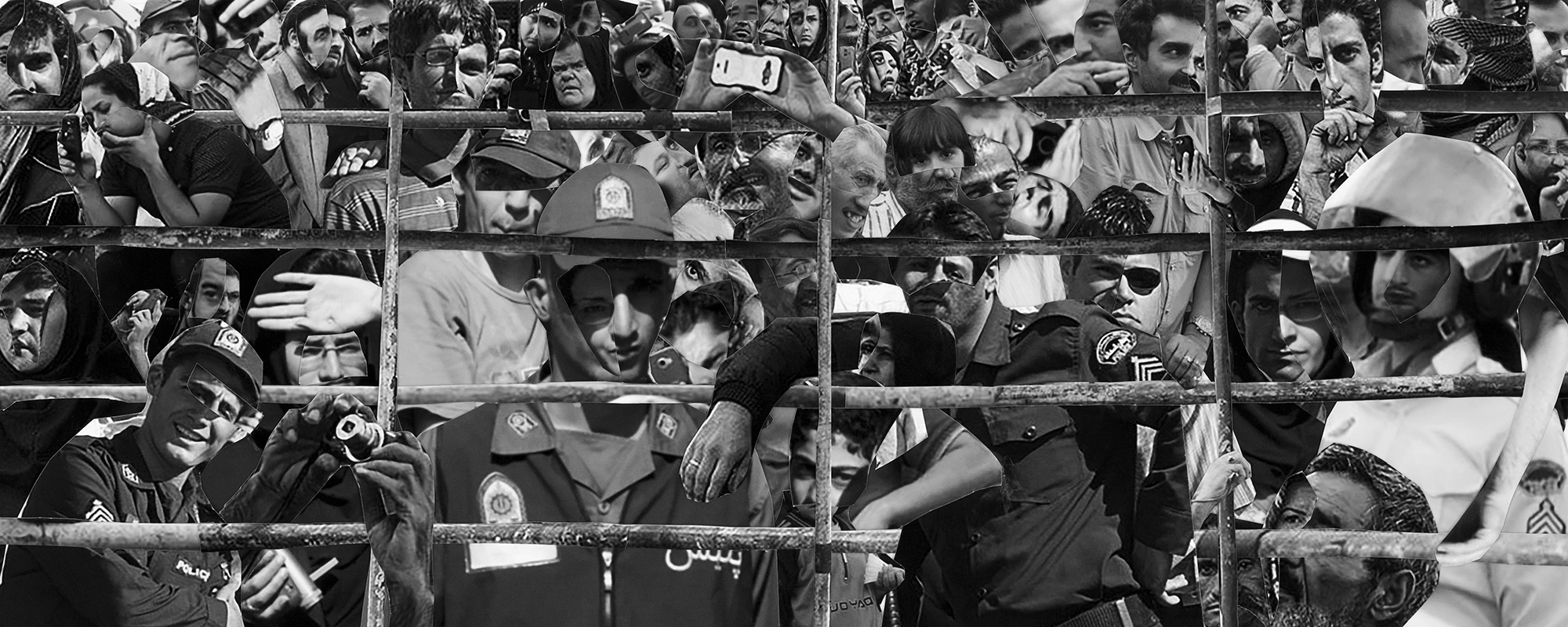
Belonging to the series "Spectators", there is a set of digital collages resembling maps depicting the locations where public executions were carried out. The titles of these collages are direct translations of the names of these locations.
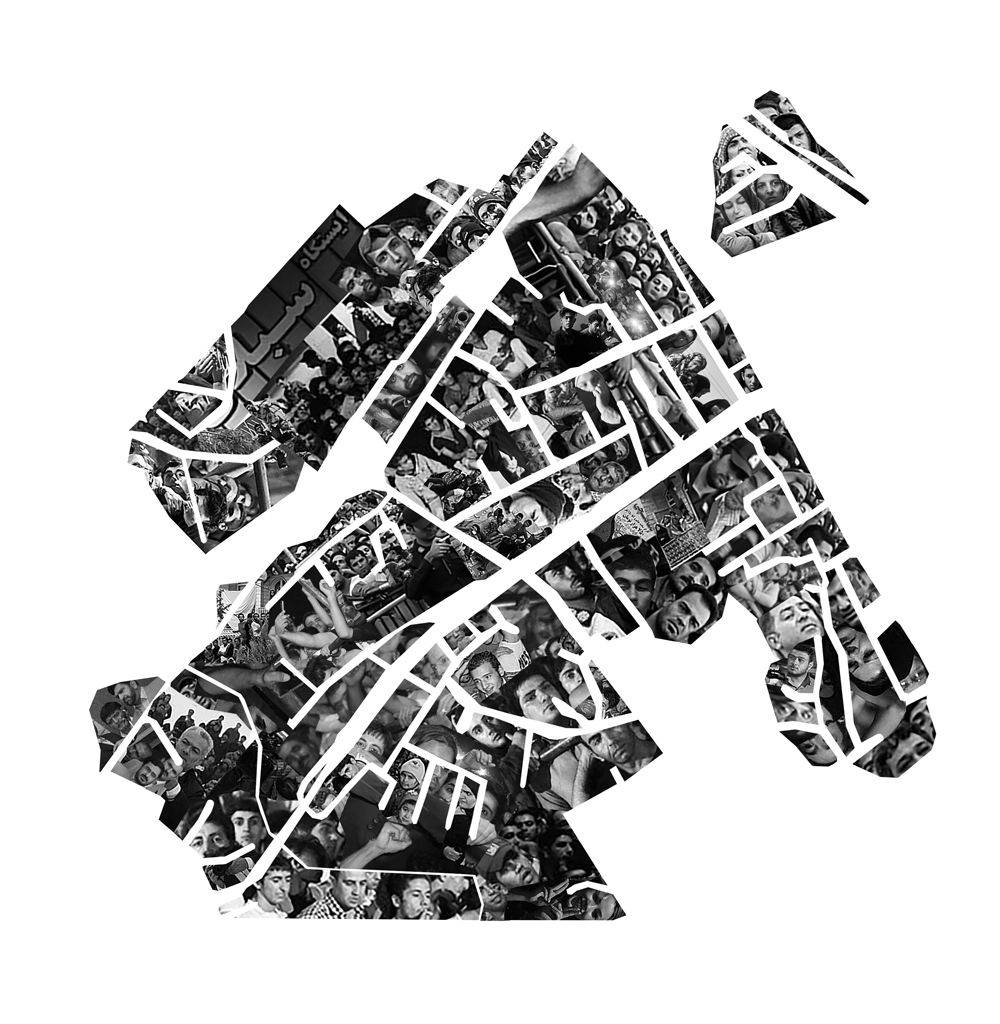
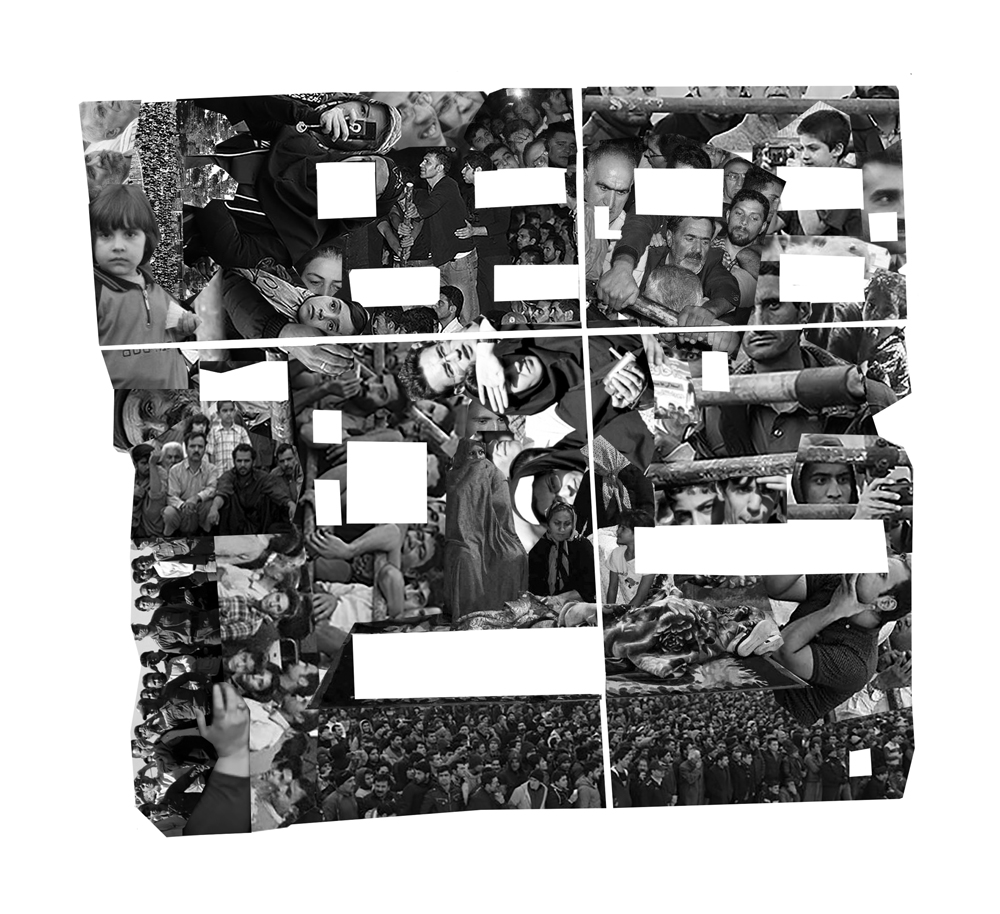
„Bitter Orange Garden“ is associated with the public execution of a 16-year-old girl named Atefeh Rajabi Sahaale. She was hanged from a crane in Neka, a small town in northern Iran, on August 15, 2004, on charges of adultery and crimes against chastity.
Alireza Mafiha, 23 years old, and Mohammad Ali Sarvari, 20 years old, were publicly hanged on charges of robbery, assault with a cold weapon, and theft of 70,000 tomans (some sources mention 30,000 tomans, roughly equivalent to $15-30) in the early hours of Monday, January 20, 2013, in Tehran’s Artists Park.
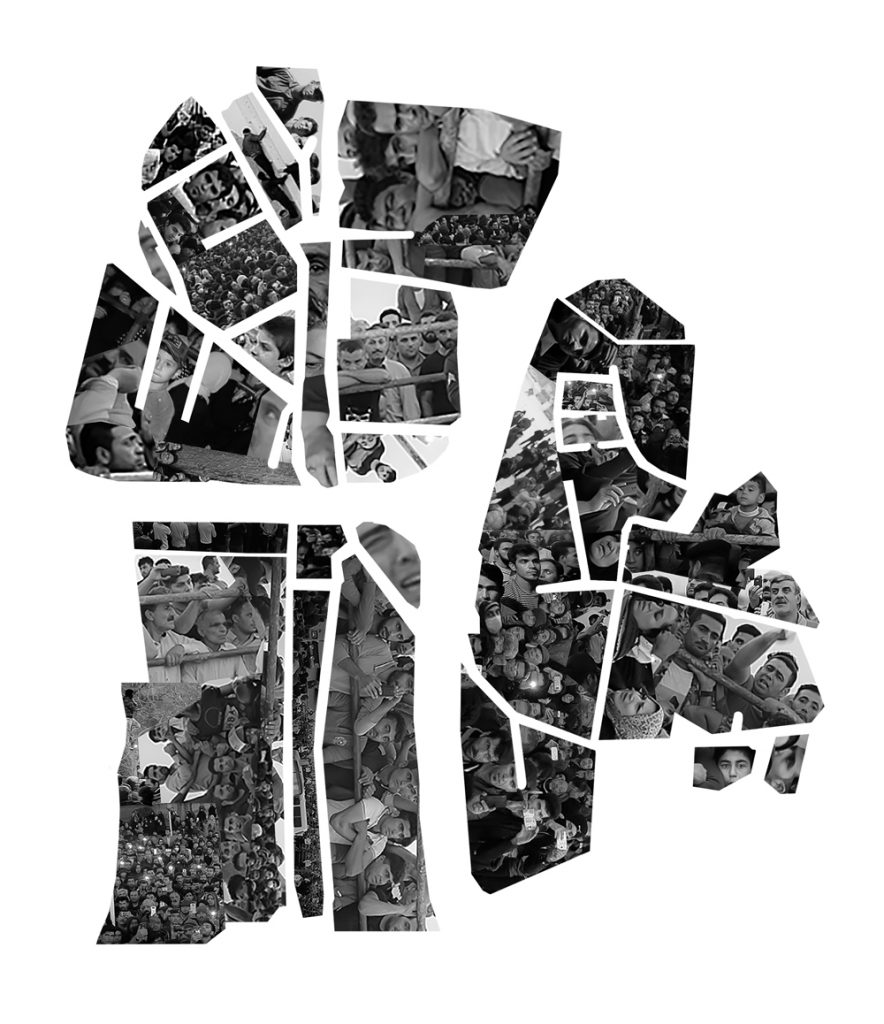
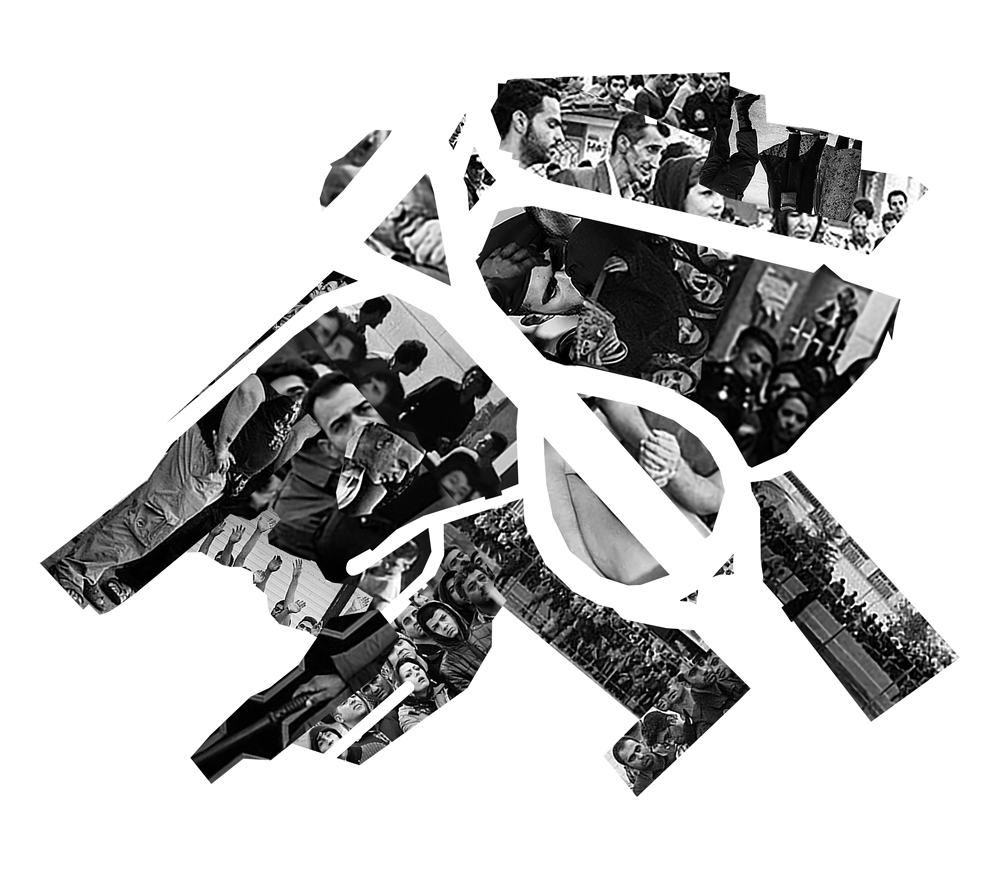
On September 13, 2011, in Tehran, a college student, Kusha Parsa Motlaq, aged 22, was publicly executed by hanging. A few days bevor the execution, he killed his classmate on Management Bridge Tehran. Both of them were final-year students majoring in Persian literature at Allameh Tabataba’i University.
On July 19, 2005, in Mashhad, Mahmud Asgari, aged 16, and Ayaz Marhuni, aged 18, were executed by hanging in public for „lavat“ (penetrative and non-penetrative sexual acts between men).
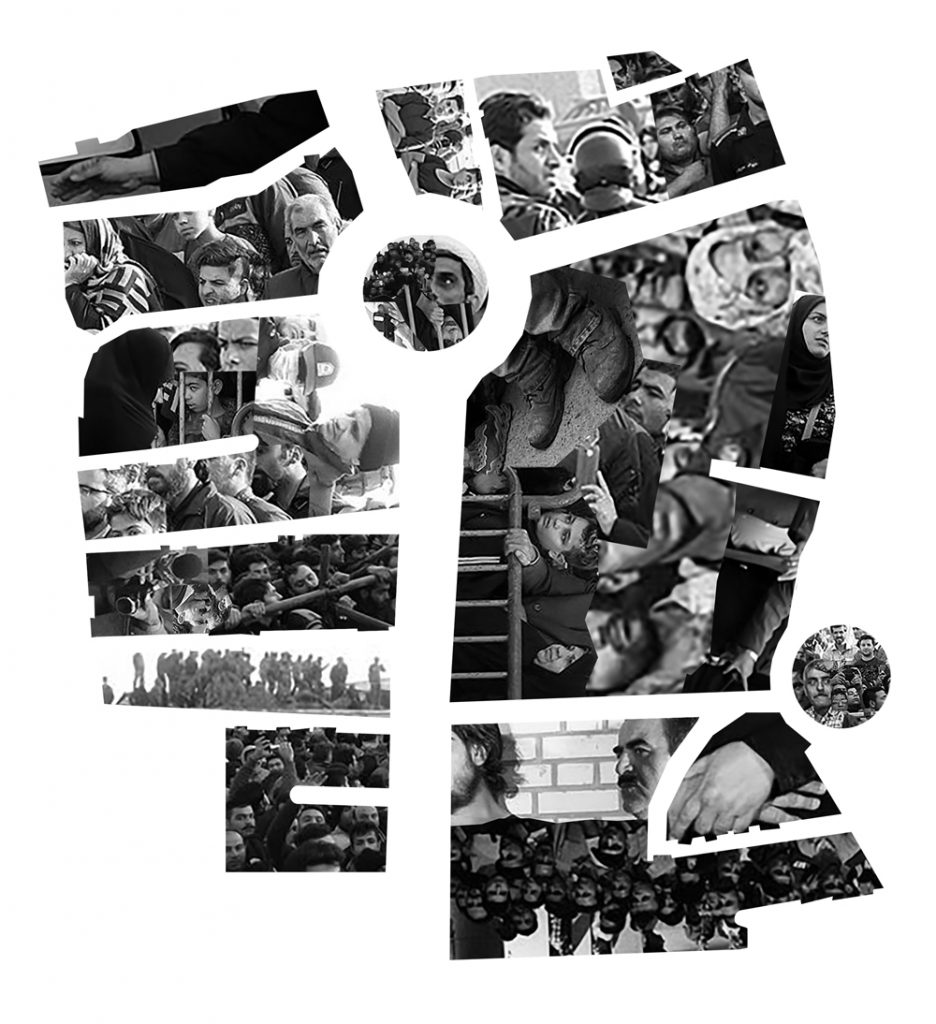
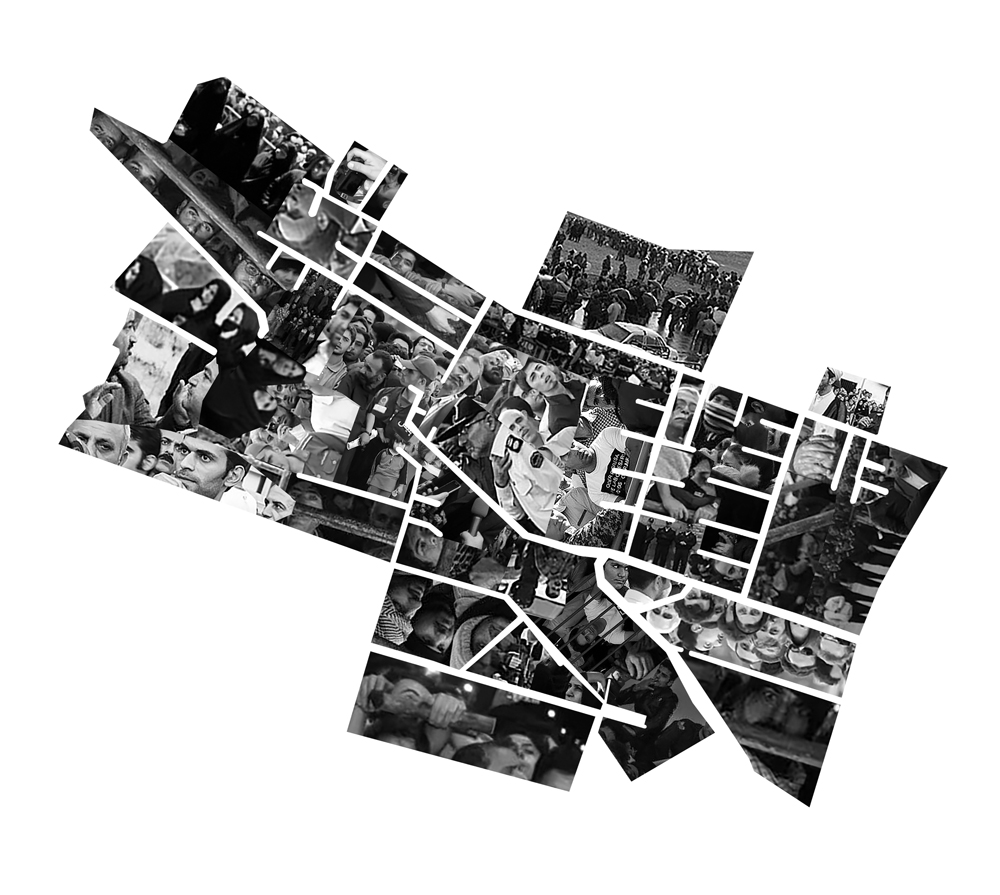
On Sunday, November 13, 2005, Tehran daily Kayhan reported that the Iranian government publicly hanged, Mokhtar N. (24 years old) and Ali A. (25 years old), in Gorgan for the crime of „lavat“ (penetrative and non-penetrative sexual acts between men).
Ali Reza Molla Soltani, aged 17, was publicly executed on September 21, 2011, in Pennyroyal Street, in Karaj.